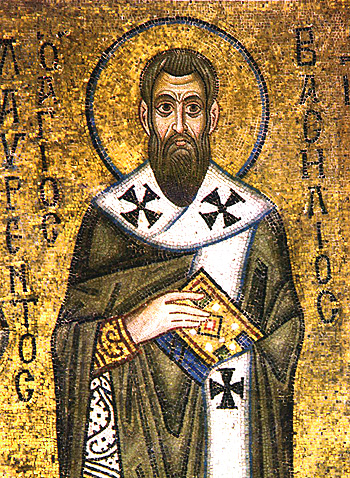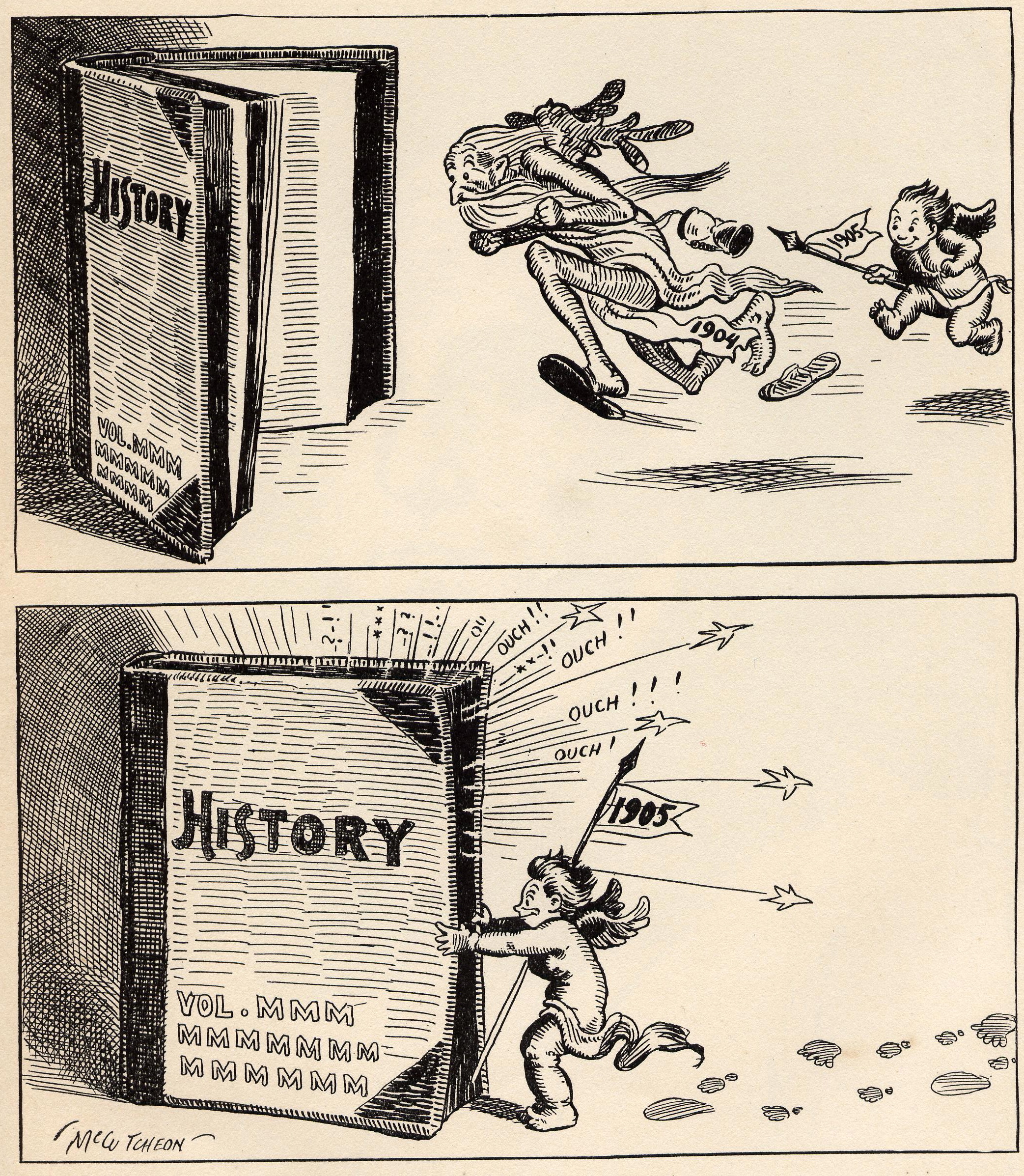|
Joseph Cozza-Luzi
Giuseppe Cozza-Luzi (24 December 1837 – 1 June 1905) was an Italian scholar and abbot of the Basilian monks, Basilian Territorial Abbacy of Saint Mary of Grottaferrata, monastery of Grottaferrata near Rome. Biography Cozza-Luzi was born in 1837 at Bolsena in the Province of Rome. In early youth he entered the ancient monastery of which he became abbot in 1882. Pius IX was attracted by his scholarship, as was later Leo XIII. In 1898 he retired from his official duties and devoted himself to his studies. He won distinction by his edition of several ancient Roman Curia, Vatican manuscripts and was also learned in the history of art and in archaeology. The Catholic Encyclopedia describes him as intelligent and cultured, but lacking in scientific accuracy and disorganized in his research. He died in Rome on 1 June 1905. Works Under his direction the phototype edition of the Codex Vaticanus Graecus 1209 was executed, (Vetus et Novum Testamentum e Cod. Vaticano 1209 phototyp., 5 vo ... [...More Info...] [...Related Items...] OR: [Wikipedia] [Google] [Baidu] |
Basilian Monks
Basilian monks are Greek Catholic monks who follow the rule of Basil the Great, bishop of Caesarea (330–379). The term 'Basilian' is typically used only in the Catholic Church to distinguish Greek Catholic monks from other forms of monastic life in the Catholic Church. In the Eastern Orthodox Church, all monks follow the Rule of Saint Basil, and so do not distinguish themselves as 'Basilian'. The monastic rules and institutes of St. Basil are important because their reconstruction of monastic life remains the basis for most Eastern Orthodox and some Greek Catholic monasticism. Benedict of Nursia, who fulfilled much the same function in the West, took his ''Regula Benedicti'' from the writings of Basil and other earlier Church Fathers. Rule of St. Basil Under the name of Basilians are included all religious following the Rule of St. Basil. [...More Info...] [...Related Items...] OR: [Wikipedia] [Google] [Baidu] |
Strabo
Strabo''Strabo'' (meaning "squinty", as in strabismus) was a term employed by the Romans for anyone whose eyes were distorted or deformed. The father of Pompey was called "Gnaeus Pompeius Strabo, Pompeius Strabo". A native of Sicily so clear-sighted that he could see things at great distance as if they were nearby was also called "Strabo". (; ''Strábōn''; 64 or 63 BC) was an ancient Greece, ancient Greek geographer who lived in Anatolia, Asia Minor during the transitional period of the Roman Republic into the Roman Empire. He is best known for his work ''Geographica'', which presented a descriptive history of people and places from different regions of the world known during his lifetime. Additionally, Strabo authored historical works, but only fragments and quotations of these survive in the writings of other authors. Early life Strabo was born to an affluent family from Amasya, Amaseia in Kingdom of Pontus, Pontus in around 64BC. His family had been involved in politics s ... [...More Info...] [...Related Items...] OR: [Wikipedia] [Google] [Baidu] |
1905 Deaths
As the second year of the massive Russo-Japanese War begins, more than 100,000 die in the largest world battles of that era, and the war chaos leads to the 1905 Russian Revolution against Nicholas II of Russia (Dmitri Shostakovich, Shostakovich's Symphony No. 11 (Shostakovich), 11th Symphony is subtitled ''The Year 1905'' to commemorate this) and the start of Revolution in the Kingdom of Poland (1905–07), Revolution in the Kingdom of Poland. Canada and the U.S. expand west, with the Alberta and Saskatchewan provinces and the founding of Las Vegas. 1905 is also the year in which Albert Einstein, at this time resident in Bern, publishes his four Annus Mirabilis papers, ''Annus Mirabilis'' papers in ''Annalen der Physik'' (Leipzig) (March 18, May 11, June 30 and September 27), laying the foundations for more than a century's study of theoretical physics. Events January * January 1 – In a major defeat in the Russo-Japanese War, Russian General Anatoly Stessel su ... [...More Info...] [...Related Items...] OR: [Wikipedia] [Google] [Baidu] |
1837 Births
Events January–March * January 1 – The destructive Galilee earthquake causes thousands of deaths in Ottoman Syria. * January 26 – Michigan becomes the 26th state admitted to the United States. * February 4 – Seminoles attack Fort Foster in Florida. * February 25 – In Philadelphia, the Institute for Colored Youth (ICY) is founded, as the first institution for the higher education of black people in the United States. * February – Charles Dickens's '' Oliver Twist'' begins publication in serial form in London. * March 1 – The Congregation of Holy Cross is formed in Le Mans, France, by the signing of the Fundamental Act of Union, which legally joins the Auxiliary Priests of Blessed Basil Moreau, CSC, and the Brothers of St. Joseph (founded by Jacques-François Dujarié) into one religious association. April–June * April 12 – The conglomerate of Procter & Gamble has its origins, when British-born businessmen William Procter and James Gamble begi ... [...More Info...] [...Related Items...] OR: [Wikipedia] [Google] [Baidu] |
Italian Art Historians
Italian(s) may refer to: * Anything of, from, or related to the people of Italy over the centuries ** Italians, a Romance ethnic group related to or simply a citizen of the Italian Republic or Italian Kingdom ** Italian language, a Romance language *** Regional Italian, regional variants of the Italian language ** Languages of Italy, languages and dialects spoken in Italy ** Italian culture, cultural features of Italy ** Italian cuisine, traditional foods ** Folklore of Italy, the folklore and urban legends of Italy ** Mythology of Italy, traditional religion and beliefs Other uses * Italian dressing, a vinaigrette-type salad dressing or marination * Italian or Italian-A, alternative names for the Ping-Pong virus, an extinct computer virus * ''Italien'' (magazine), pro-Fascist magazine in Germany between 1927 and 1944 See also * * * Italia (other) * Italic (other) * Italo (other) * The Italian (other) * Italian people (other) Italian ... [...More Info...] [...Related Items...] OR: [Wikipedia] [Google] [Baidu] |
Giacomo Leopardi
Count Giacomo Taldegardo Francesco di Sales Saverio Pietro Leopardi (29 June 1798 – 14 June 1837) was an Italian philosopher, poet, essayist, and philologist. Considered the greatest Italian poet of the 19th century and one of the greatest authors of his time worldwide, as well as one of the principals of literary Romanticism, his constant reflection on existence and on the human condition—of sensuous and materialist inspiration—has also earned him a reputation as a deep philosopher. He is widely seen as one of the most radical and challenging thinkers of the 19th century but routinely compared by Italian critics to his older contemporary Alessandro Manzoni despite expressing "diametrically opposite positions." Although he lived in a secluded town in the conservative Papal States, he came into contact with the main ideas of the Enlightenment, and, through his own literary evolution, created a remarkable and renowned poetic work, related to the Romantic era. The strongly ... [...More Info...] [...Related Items...] OR: [Wikipedia] [Google] [Baidu] |
Codex Marchalianus
Codex Marchalianus, designated by siglum Q, is a 6th-century Greek language, Greek manuscript copy of the Greek version of the Hebrew Bible (Tanakh or Old Testament) known as the Septuagint. It is now in the Vatican Library. The text was written on vellum in Uncial script, uncial letters. Palaeography, Palaeographically it has been assigned to the 6th century. Marginal annotations were later added to the copy of the Scripture text, the early ones being of importance for a study of the history of the Septuagint. Its name was derived from a former owner, René Marchal. Description The manuscript is an in quarto volume, arranged in quires of five sheets or ten leaves each, like Codex Vaticanus or Codex Rossanensis. It contains text of the Minor prophet, Twelve Prophets, Book of Isaiah, Book of Jeremiah with Baruch, Book of Lamentations, Lamentations, Letter of Jeremiah, Epistle of Jeremiah, Book of Ezekiel, Book of Daniel, with Susanna and Bel. The order of the Minor prophet, 1 ... [...More Info...] [...Related Items...] OR: [Wikipedia] [Google] [Baidu] |
Orvieto
Orvieto () is a city and ''comune'' in the Province of Terni, southwestern Umbria, Italy, situated on the flat summit of a large butte of volcanic tuff. The city rises dramatically above the almost-vertical faces of tuff cliffs that are completed by defensive walls built of the same stone. History Etruscan era The ancient city (''urbs vetus'' in Latin, whence "Orvieto"), populated since Etruscan civilization, Etruscan times, has usually been associated with Etruscan Velzna, but some modern scholars differ. Orvieto was certainly a major centre of Etruscan civilization; the archaeological museum (Museo Claudio Faina e Museo Civico) houses some of the Etruscan artifacts that have been recovered in the immediate area. A tomb in the Orvieto Cannicella necropolis bears the inscription ''mi aviles katacinas'', "I am of Avile Katacina"; the tomb's occupant thus bore an Etruscan-Latin first name, Aulus (other), Aulus, and a family name that is believed to be of Celtic origin ... [...More Info...] [...Related Items...] OR: [Wikipedia] [Google] [Baidu] |
Carlo Vercellone
Carlo Vercellone (10 January 181419 January 1869) was an Italian biblical scholar. Biography Carlo was born at Biella. He entered the Order of the Barnabites at Genoa, in 1829; studied philosophy at Turin and theology at Rome, under Luigi Ungarelli. He taught the sacred sciences at Alessandria, Turin, Perugia and Parma. In 1847, was made president of the college of the Barnabites at Rome, a position which he held together with the charge first of procurator, and then superior general of his order, and with various offices in several Roman Congregations, until his death in Rome on 19 January 1869 at the age of 55. Works His first publication was (1857) the edition (5 quarto volumes) of the Vatican manuscript (B) of the Scriptures prepared by Cardinal Mai under the auspices of Leo XII and printed from 1828 to 1838, to which he added by way of preface a letter to the reader. That this edition was far from perfect, Mai himself had well realized, and Vercellone publicly acknowl ... [...More Info...] [...Related Items...] OR: [Wikipedia] [Google] [Baidu] |
Territorial Abbacy Of Saint Mary Of Grottaferrata
The Territorial Abbacy of Santa Maria of Grottaferrata is an ecclesiastical jurisdiction which administers the Byzantine Rite Abbey of Saint Mary in Grottaferrata located in Grottaferrata, Rome, Lazio, Italy. The Abbacy and its territory are stauropegic, that is, directly subordinate to a primate or synod, rather than to a local bishop. It is the only remnant of the once-flourishing traditions of Italo-Greek and Italo-Albanian Eastern Christian monasticism. It is also the only monastery of the Italian Basilian Order of Grottaferrata, (abbreviated O.S.B.I.), a religious order of the Italo-Albanian Greek Catholic Church which has played a major role in Albanian history, Albanian literature, and in the Albanian diaspora. The abbot ordinary is also the superior general of the Italian Basilian Order of Grottaferrata. Though normally led by an abbot, the Abbacy has been under the authority of Bishop (now Cardinal) Marcello Semeraro since Pope Francis named him Apostolic Administr ... [...More Info...] [...Related Items...] OR: [Wikipedia] [Google] [Baidu] |




